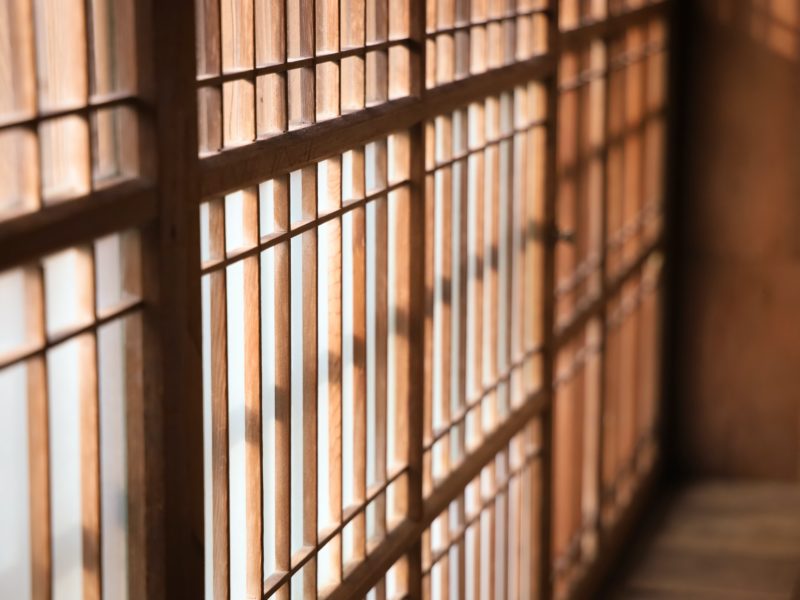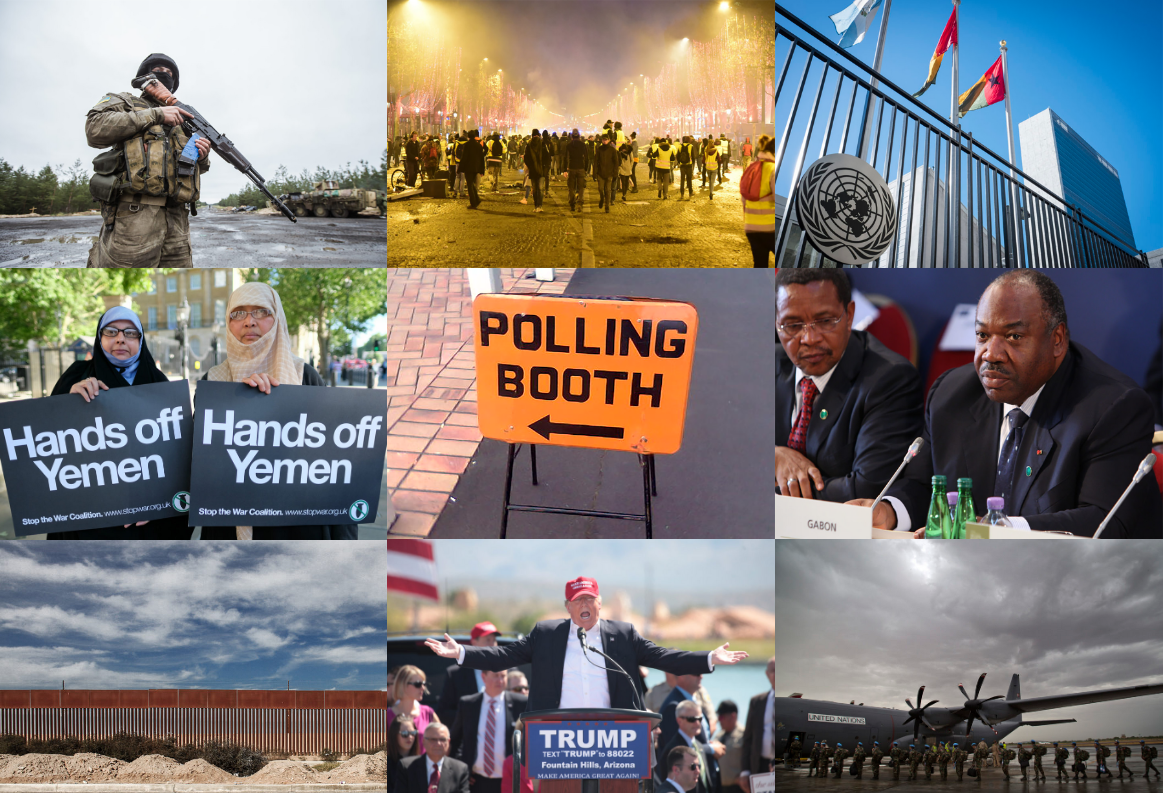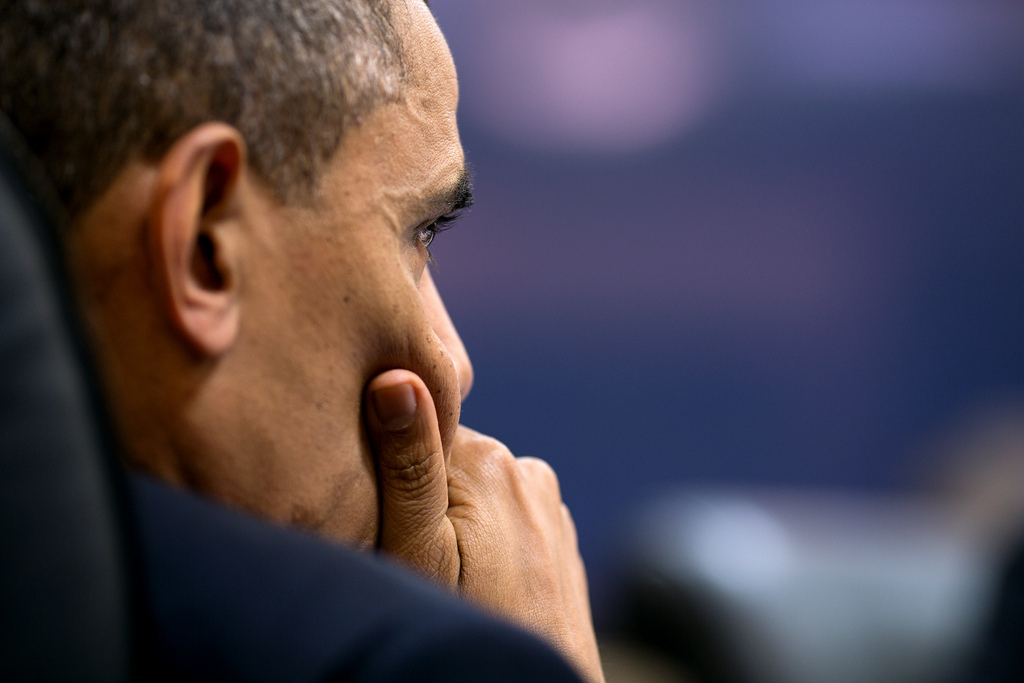Guest post by Christoph Dworschak and Christoph V. Steinert
“We tried to bury them—we didn’t know they were seeds.”
—Dinos Christianopoulos, 1978
On September 13, Iranian police arrested Mahsa Amini in Tehran for alleged dress code violations. The young woman died three days later, with reports indicating that she suffered severe abuse while in police custody. Since then, Iran has seen a continuous spell of anti-government protests. Meanwhile, the autocratic regime—with the help of its Revolutionary Guards—has sought to quell the unrest with large-scale political imprisonment. According to estimates by the Iranian Human Rights Activists News Agency, almost 19,200 people have been arrested since the beginning of the protests. Is the arrest of dissidents an effective strategy?
Collective action is hard. Especially in the face of severe repression, it is difficult to gather a crowd of people and gain the momentum needed for a protest movement to gain traction. Iran’s prisons are notorious for the torture and ill-treatment of political prisoners. Despite such severe risks, the protests in Iran have continued for more than 100 days. While a large body of research finds that repression can backfire and incite protests in some contexts—see, for example, here and here—we know little about the role and idiosyncrasies of political imprisonment. Will the imprisonment of dissidents in Iran stymie the protests? Will it help the regime deter unrest? Or could it backfire?
In a recent study published in the Journal of Conflict Resolution, we find that using political imprisonment to perpetuate a repressive regime may work to the detriment of the autocrat, for four reasons.
First, political imprisonment contributes to the emergence of resistance leaders. In many of history’s most pivotal moments, leadership figures have played a key role in organizing and encouraging mobilization. Periods in confinement can serve to substantially increase the “human capital” of resistance leadership. Historically, political prisoners have used their time in prison to educate themselves, which has resulted in an entire genre of prison literature. Behind bars, dissidents have plenty of time to define their goals, hone their ideological convictions, and reflect on effective methods of resistance once released.
Second, political imprisonment facilitates networking among dissidents. A regime that resorts to political imprisonment rarely locks up only one dissident. And when dissidents meet each other, they chat. And if there is nothing else to do because they are, for example, in a prison, they can chat a lot. The resulting networks connect dissidents from across society who otherwise may have never been able to meet. And even when arrested dissidents do not meet physically, their shared prison experience fosters the formation of ideational networks. Many infamous prisons, such as the Long Kesh in Northern Ireland, the Mokotokow prison in Warsaw, and the Robben Island prison in South Africa have gained a reputation as meeting sites for resistance groups.
Third, political imprisonment grants legitimacy to leaders of the resistance. Someone who has been locked up because of their political convictions has proven themselves a trustworthy proponent of the resistance—a legitimate leader. Famous examples of political prisoners who became political leaders once released from prison include Nelson Mandela, Mohandas Gandhi, Aung San Suu Kyi, Vaclav Havel, and Benazir Bhutto.
Fourth, political imprisonment deepens attributable grievances that serve to mobilize the wider population. Resistance movements thrive if perceptions of injustice are linked to personal and relatable narratives. The fates of political prisoners provide such narratives, revealing the terror of the regime in the suffering of fellow citizens. And the governments can hardly evade accountability for that suffering, since prisoners are held (usually) in government prisons, managed by government agents. This differentiates political imprisonment from other tools of repression such as disappearances that may be outsourced to ostensibly rogue agents like militia groups. Driven by anger and solidarity, and with the government as the undeniable culprit, political prisoners’ social networks and other aggrieved citizens take to the streets.
The Iranian regime may hope to stamp out resistance by putting those who dare to speak out behind bars, but history suggests that the strategy is likely to fail. Political imprisonment incites protests both through its direct effects on political prisoners and through its indirect effects on the rest of the population. Our research suggests that political imprisonment is a self-defeating strategy that destabilizes autocratic regimes in the long run. In the case of Iran, the continued use of political imprisonment is likely to exacerbate the gradual erosion of the regime. Meanwhile, it is up to the international community to denounce blatant abuses of human rights and to show support for the brave Iranian people who stand up for their civil rights.
Christoph Dworschak is a lecturer at the University of York. Christoph V. Steinert is a postdoctoral researcher in political science at the University of Mannheim.






